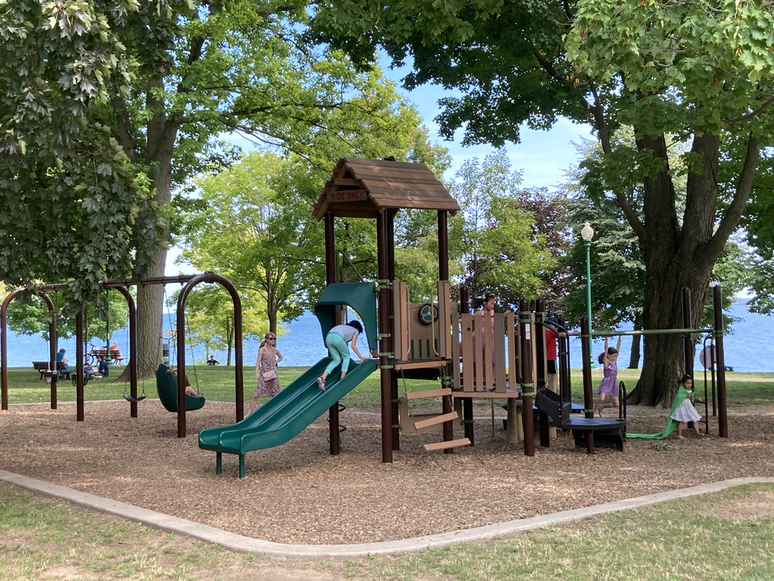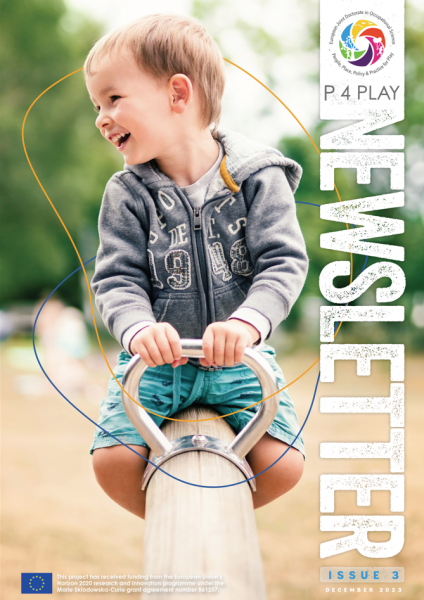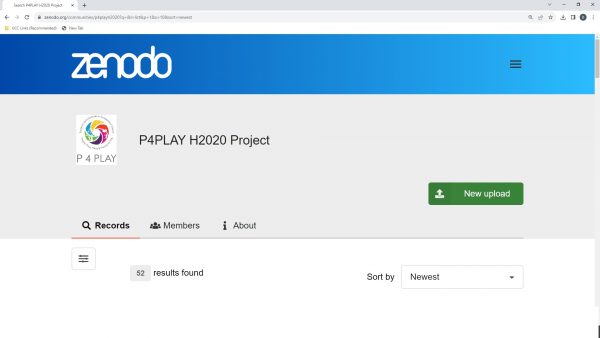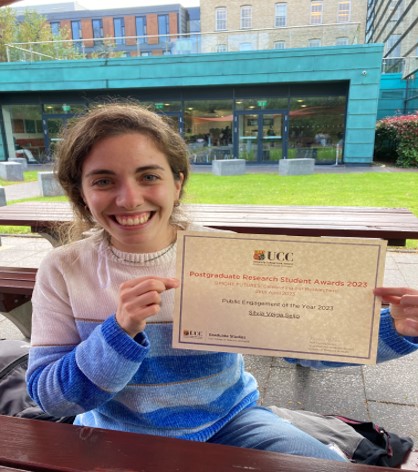Designing inclusive playgrounds in Switzerland: why is it so complex?

Playgrounds designed with the intention to be inclusive are one approach to creating equal opportunities for all children, including those with disabilities, in terms of their right to play. However, when building inclusive playgrounds, the focus is often limited to the physical environment. Yet, studies investigating children’s play in inclusive playgrounds have shown that other aspects of inclusion, such as social inclusion, are equally as important as the physical environment.
Nevertheless, there is a lack of knowledge about how inclusion is considered in the design of inclusive playgrounds. Therefore, this study aimed to explore the design and use of inclusive playgrounds among people involved in the provision of inclusive playgrounds and advocates of children with disabilities from a Swiss context.
Four focus groups were conducted with 26 participants involved in providing inclusive playgrounds or having a professional or personal relationship with children with disabilities.
Results revealed no uniform understanding of inclusive playgrounds. Barriers to inclusive playground provision included negative attitudes, lack of knowledge about inclusion and the absence of policies for inclusion.
Through the focus group discussions, it was proposed that a community network is needed, to bring together children with disabilities and their families with playground providers when designing inclusive playgrounds.
In this context, user involvement can inform the design of playgrounds and support the understanding of the needs of people with disabilities in playgrounds, among other things. To enhance inclusion for children with disabilities on inclusive playgrounds, design approaches that consider social inclusion, like Universal Design, are proposed.
Reference:
Ines Wenger, M. Prellwitz, U. Lundström, H. Lynch & C. Schulze (2022):
Designing inclusive playgrounds in Switzerland: why is it so complex?, Children’s Geographies
To link to this article: https://doi.10.1080/14733285.2022.2077093



